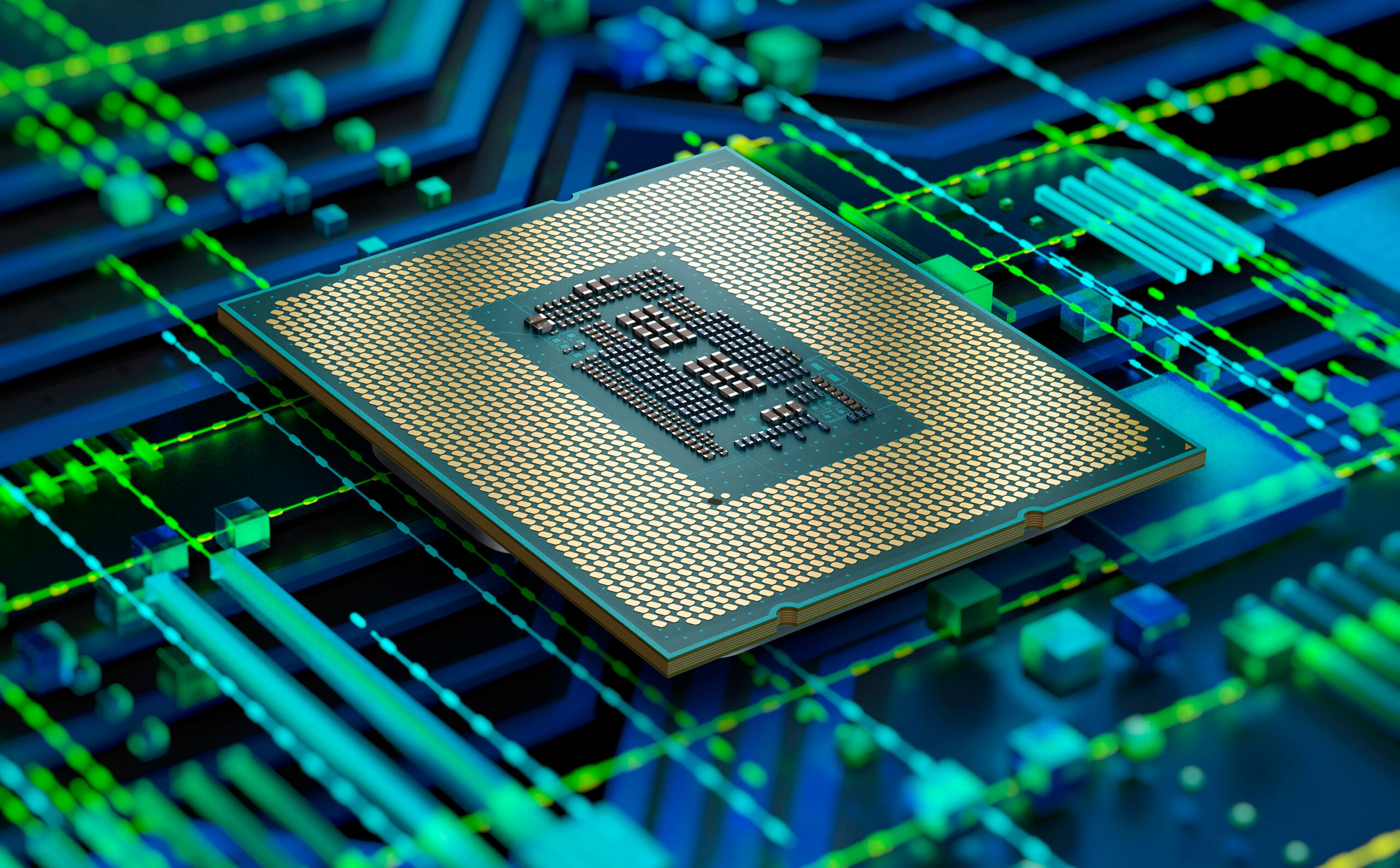How do you lift a CPU cover?
Removing a CPU Cover (FRU) Prepare the server for service. Release the CPU charging plate release levers by pushing them down and moving them slightly toward the CPU connector and away from their retaining clips. Rotate the handles to the fully open position.
Do all motherboards come with a CPU cover?
The cover only comes on Intel boards.
Is the CPU a chip?
At the hardware level, a CPU is an integrated circuit, also known as a chip. It’s impressive that we can combine seemingly simple devices like logic gates to create CPUs that power complex devices like our phones, computers, and self-driving cars.
How do I install a CPU fan?
Install the CPU Heatsink and Fan. Attach the fan to the heat sink with screws and use spacers between them. Attach the fan/diffuser to the chassis. Install mounting ring according to plan. Insert special screw extenders into the mounting ring. Apply thermal paste to the center of the CPU mounting position on the motherboard.
How do you remove a CPU fan cover?
Removing the CPU Cooler Releases the retaining clips on each side of the heatsink from the motherboard socket mounting tabs. Turn the CPU cooler clockwise and counterclockwise to loosen the seal between the heat sink and the CPU cover. Carefully lift the CPU cooler out of the CPU.
What does a locked CPU mean?
A CPU lock means some CPU function is blocked, usually a core or a clock multiplier. This means that the CPU is locked to its current performance state and cannot be overclocked to improve performance or underclocked to reduce power consumption.
Don’t remove the CPU socket cover before inserting the CPU.
If the protective cover is attached to the metal charging plate, do not remove it at this stage. The socket cover can automatically detach from the charging dish during the re-engagement of the handle after inserting the CPU.

Is it easy to replace outlet covers?
It is easy to replace an outlet if you are returning the same, for example, by simply changing the style of the outlets. For example, if you need to move the socket from surface mounting to recess, this task is much more complicated and requires cutting into the wall.
How do I know if my CPU pin is damaged?
Check if the CPU socket has bent pins. Look at the CPU socket from directions A and B at an angle of 20° to 30°, as shown in Figure 4. Check for protruding, sunken, bent, or broken pins.
Do PC cases come with screws?
The PC case comes with the spacers (normally 9) with the screws and the I/O brackets for the empty slot card. The motherboard comes with an I/O shield to fit into the case.
Do motherboards have RAM?
Your computer’s central processing unit (CPU) is installed on the motherboard. The cache is a memory that plugs directly into the CPU on the motherboard. Another type of RAM is virtual memory. Virtual memory is not on the motherboard but part is of the hard drive.
Are motherboards equipped with WiFi?
Put, desktop motherboards don’t ALL come with built-in WiFi. Desktop motherboards always have at least one built-in Ethernet port to connect to your network or modem. Some high-end motherboards may also have a 10G Ethernet card for advanced network speeds.
What is a RAM?
Random Access Memory (RAM) is a computer’s short-term memory for all running tasks and apps. None of your programs, files, games, or streams would work without RAM. Here we will explain exactly what RAM is, what RAM means, and why it is so important.
Is thermal paste necessary?
Thermal paste, or an oily thermal interface material, is necessary because it fills in the microscopic imperfections that otherwise trap air particles between the CPU and the heat sink, preventing the CPU from cooling properly.
Where is the CPU on the motherboard?
A CPU is a small but powerful computer chip on your motherboard. It is placed pins down in the CPU socket.
Who invented the computer?
English mathematician and inventor Charles Babbage is credited with the first automatic digital computer. In the mid-1830s, Babbage developed plans for the Analytical Engine. Although it was never completed, the Analytical Engine would have had most of the basic elements of today’s computer.
What is the heart of the computer?
The CPU, or microprocessor, is any computer system’s heartem. The microprocessor calculates, performs logical operations, and manages data streams by reading instructions from memory and then executing them.
What does CPU stand for?
CPU (Central Processing Unit) The part of a computer system that controls the interpretation and execution of instructions. A PC’s CPU comprises a single microprocessor, while a more powerful mainframe’s CPU comprises multiple processing devices and, in some cases, hundreds.
Can you install the CPU cooler without removing the motherboard?
You should be able to install the cooler without removing the motherboard. Cutout in the case allows access to the motherboard CPU area from both sides.
IS 100C bad for the CPU?
Yes absolutely. Modern desktop and laptop CPUs are thermally throttled at or below 100C. Any temperature above that can damage the CPU. If silicon in an electronic device gets too hot, it will thermally run wild.
Can I use toothpaste as a thermal paste?
Toothpaste is also an excellent replacement for thermal paste. The structure decays after a few days, especially if operating temperatures are high.
Is thermal paste toxic?
No, it’s okay.
How much thermal paste do I need for the CPU?
Apply thermal paste to the center of the CPU’s IHS. You only need to apply a small amount – about the size of a grain of rice or a pea – to the center of the integrated heat distributor.










